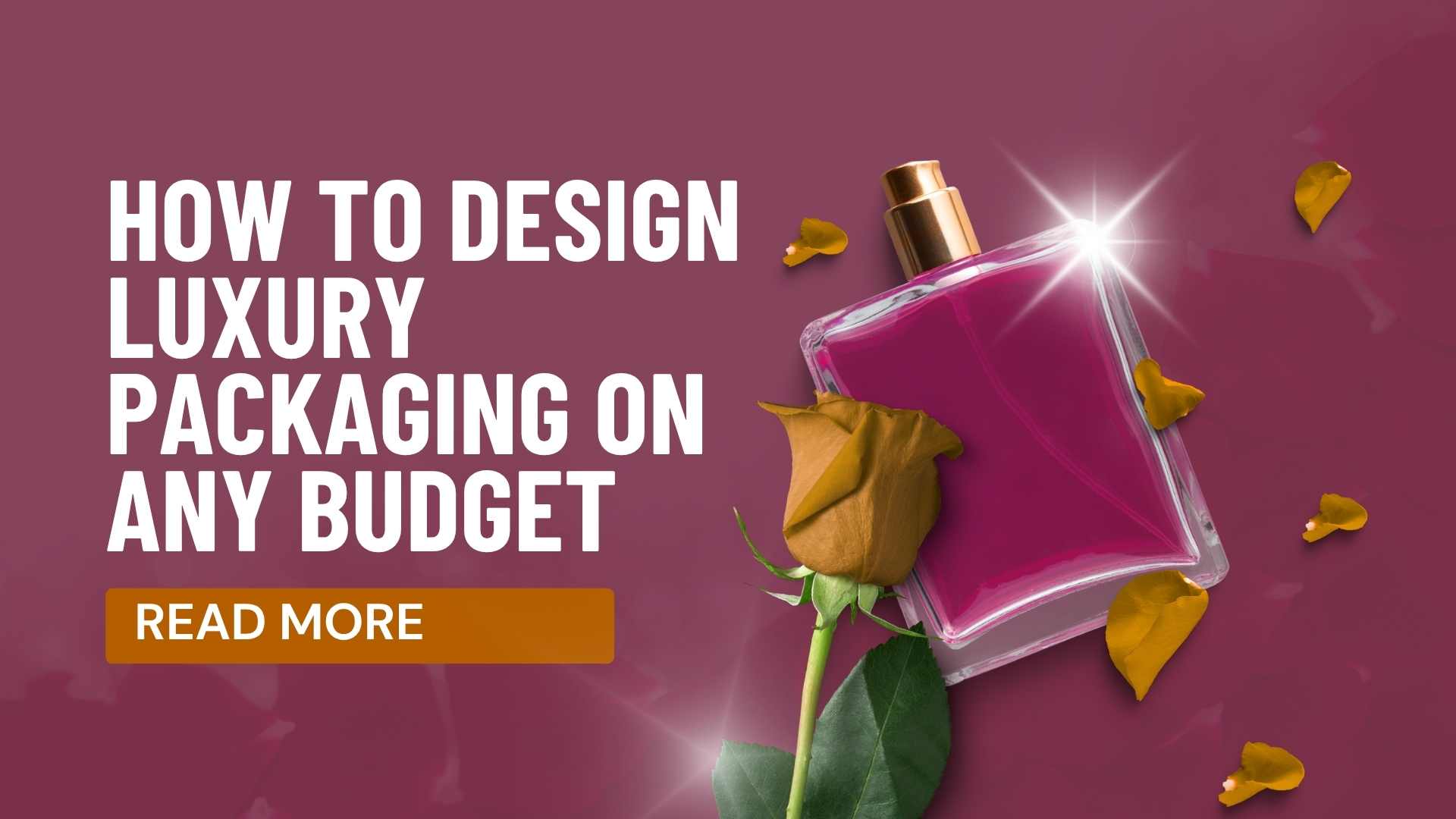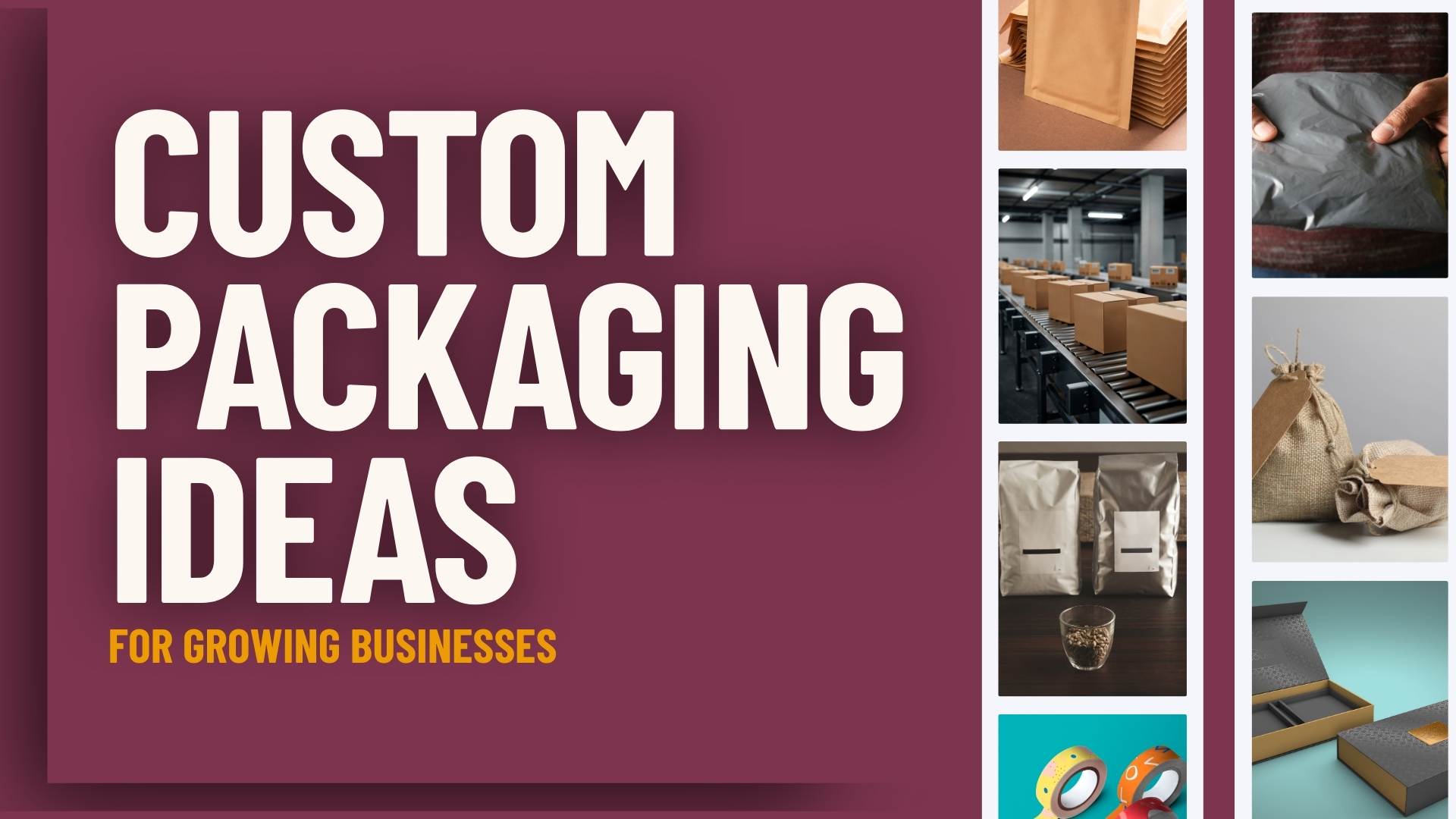When someone picks up your product, the packaging speaks before anything else. Luxury brands have long understood the power of print finishes and materials to shape perception, build trust, and create a lasting impression. But these techniques aren’t reserved for the top end of the market. With the right approach, small businesses can use many of the same tools to elevate their packaging and stand out on the shelf.
Even small changes can make your product feel more premium. In this guide, you’ll learn simple, budget-friendly ways to design packaging that looks polished, professional, and high-end, without overspending.
1. Choose High-Quality Materials
If you’re aiming to make your packaging look more expensive, the materials you choose will do most of the talking. Premium packaging isn’t just about protection—it’s about perception. Especially for food, drink, and cosmetic products, high-quality materials create that “wow” factor before a customer even opens the box.
Take a walk through Fortnum & Mason or browse a Harrods hamper—what stands out isn’t just the product inside but the feel of the packaging. Fortnum & Mason use iconic patterned cartons with a soft-touch laminate finish that makes their boxes feel just as luxurious as their contents.
Harrods goes for embossed papers and custom foil labels that scream exclusivity. Even Marks & Spencer, known for its accessible luxury, uses textured label stock and clean design across many of its product ranges to communicate quality on the shelf.
For small brands trying to stand out in UK retail, these aren’t just nice-to-haves. These are signals of trust, value, and craftsmanship.
What materials are used for luxury packaging?
- High-grade rigid board: Ideal for whisky gift sets, luxury skincare kits, and premium chocolate boxes.
- Cotton-laid or felt-marked paper: Often used for high-end labels or outer sleeves. It adds texture, which gives your packaging a crafted feel.
- Textured synthetic labels: These work beautifully for wine or spirits—resistant to moisture, but with a premium, tactile finish.
- Custom metallic wrappers or foil-stamped cartons: Perfect for making your product stand out during the festive season or for limited editions.
- Bespoke printed tissue paper: A simple but powerful way to upgrade inner packaging—used often by UK brands selling online.
2. Opt for an Elegant and Minimalist Design
One of the easiest ways to make your packaging look more expensive? Say less—but say it well. In the UK, many premium brands use minimalist design to create a high-end look without overloading the packaging with claims or messages.
Think about Selfridges’ signature yellow bags or the premium product lines from Marks & Spencer. What stands out is their simplicity. Clean layouts, elegant fonts, and just the right amount of white space. Nothing feels crowded or busy, and that restraint is what makes the packaging feel more refined.
There are also behavioural sciences studies which prove that putting too many messages on pack dilutes the consumer understanding of the product. Instead, you should focus on one main claim, and ensure that you deliver it in a way which has meaning to your target audience.
Here’s what luxury minimalism often includes:
- Ample white space: Let the design breathe. It adds a sense of calm, order, and sophistication.
- Premium typography: Consider using modern serif fonts or high-contrast sans-serifs that communicate elegance without being fussy. There is also an opportunity for custom fonts created specifically to address a target market.
- Restrained colour palettes: Soft neutrals, monochromes, or deep jewel tones often feel more premium than bright, clashing colours.
- Clarity over noise: Keep text to a minimum. Let the brand and product speak for themselves through clean visual cues.
Want a deeper dive into how minimalism can elevate your packaging? Check out our guide on minimalist packaging design to make your product look premium for more inspiration and practical tips.
3. Incorporate High-End Print Finishes
Once you’ve chosen quality materials and a sleek design, print finishes are where you add that final layer of polish.
UV varnishes (glossy, matte, or spot UV)
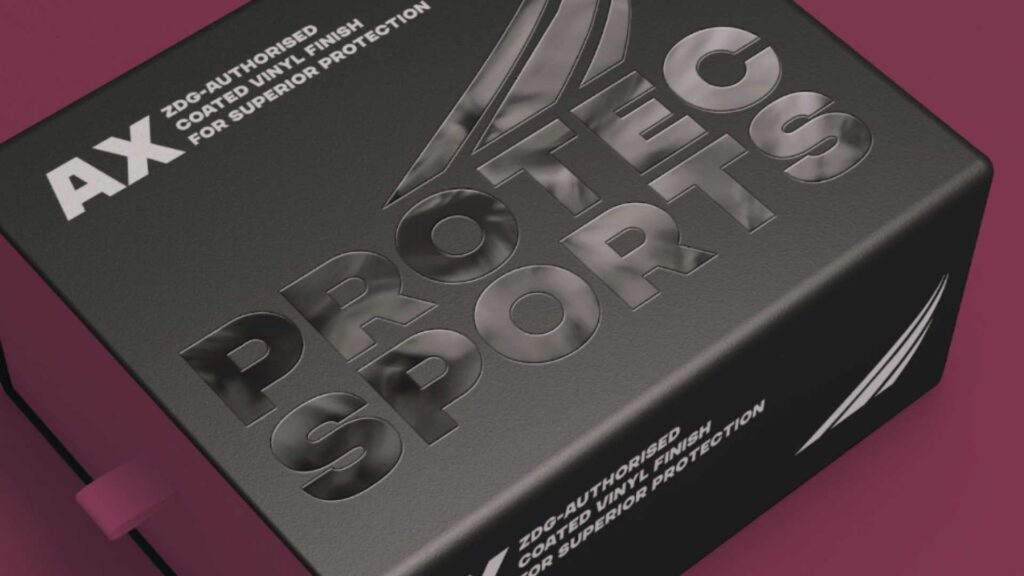
A spot UV finish, where only part of the packaging is coated in gloss or matte, creates visual contrast and draws attention to specific elements like your logo or product name. It also adds a protective layer, perfect for boxes that need to handle wear.
Pantone spot colours
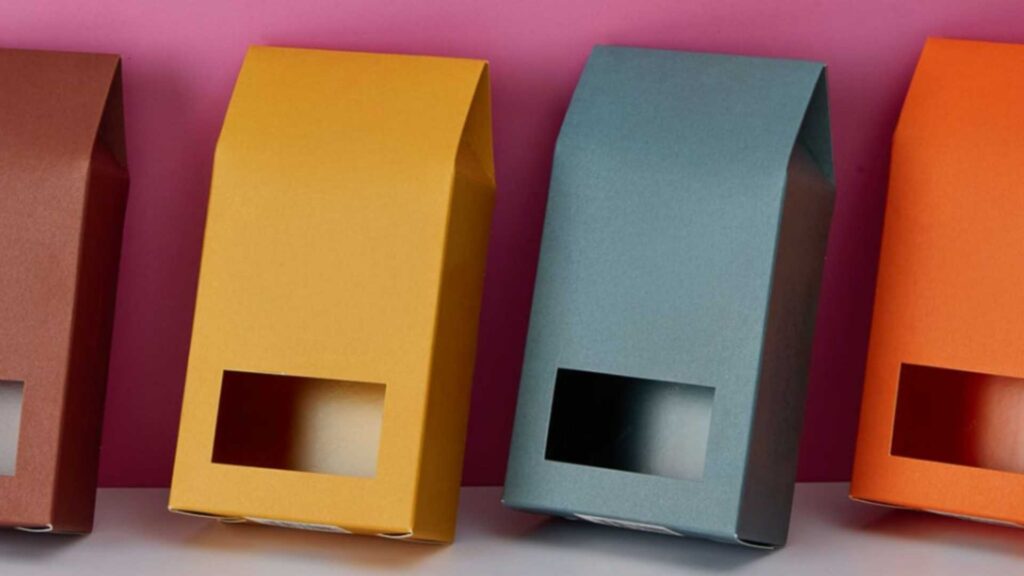
Unlike CMYK printing, Pantone colours ensure your branding looks consistent across every print run. This is especially useful when your brand has a signature shade. Many luxury UK brands rely on Pantone to maintain visual identity across multiple products and channels. Learn more about Pantone colour matching with our guide.
Metallic foiling (gold, silver, copper)
Foil stamping adds an unmistakable shimmer that feels premium. You’ll often see this on wine labels, chocolate boxes, or cosmetic packaging. It works well for logos, borders, or patterns without overwhelming the design.
Soft-touch varnishes
These finishes feel velvety or rubberised to the touch and are often used on rigid cartons or outer sleeves. They give packaging a matt look which feels smooth and luxurious, immediately signalling quality.
Tactile Varnishes
Tactile varnishes are used to create texture on materials which are usually plain or untextured. They can help with textures that you can feel on packaging. Beer and craft IPA brands use this technique for labels to make the label feel raised and noticeably contrasting to the smooth glass.
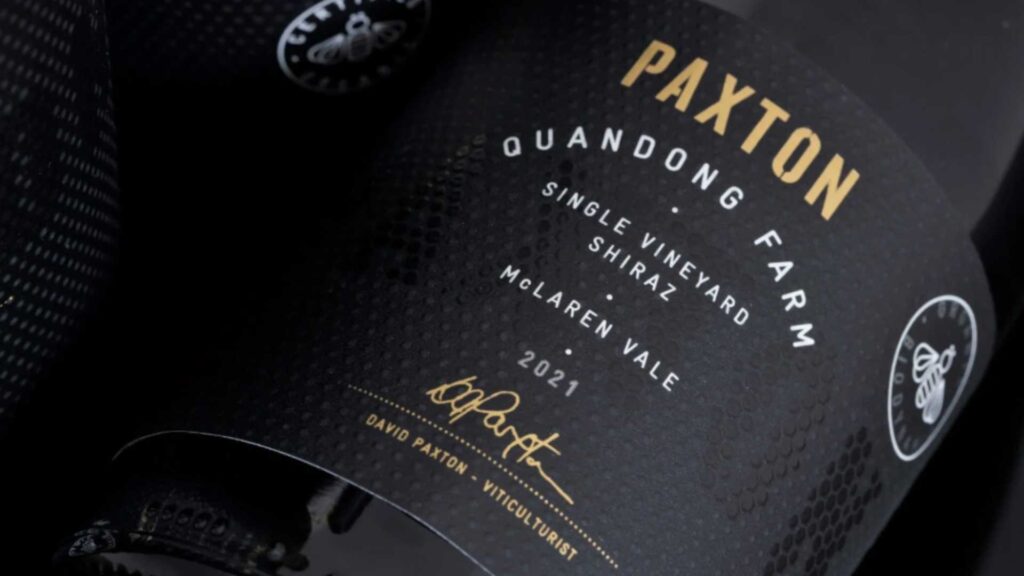
These types of finishes don’t just look good—they create a sensory experience that helps your product stand out on a crowded shelf. Customers browsing at places like John Lewis or Selfridges are more likely to notice and remember packaging with these tactile, high-end touches.
4. Combining Luxury Packaging with Sustainability
UK consumers care about sustainability, and premium brands are proving that luxury and eco-conscious design can go hand in hand. If you’re a small business aiming to stand out, combining elegant packaging with ethical materials is a powerful way to appeal to modern buyers.
Here’s how luxury brands in the UK are doing it:
- Recycled paperboard with texture
Many UK food and drink brands now use recycled board with embossed patterns or soft-touch finishes. It keeps the packaging eco-friendly without sacrificing the upscale feel. - Biodegradable laminates
Instead of traditional plastic coatings, some brands use biodegradable films that still offer protection and a premium finish. These are ideal for secondary packaging or sleeves. - FSC-certified papers with foils or UV finishes
Using Forest Stewardship Council–certified paper shows a commitment to responsible sourcing. When paired with foil stamping or spot UV, you get that luxury effect while staying environmentally conscious.
What sets premium UK brands apart is their refusal to compromise. Budget brands may struggle to balance cost and sustainability, but premium ones lean into it because today’s consumer expects both style and substance.
5. Use Strategic Colour Choices
Colour can instantly influence how customers perceive your product. Luxury packaging often relies on carefully selected palettes to convey sophistication, trust, or indulgence, long before anyone reads the label.
- Dark tones like black, navy, and deep green instantly suggest quality and exclusivity. These shades are often used in premium spirits (think whisky or gin), artisan chocolate, and boutique men’s grooming products. Pair them with metallic foil—gold or copper for warmth, silver for sleekness—and you’ve got a classic luxury combination.
- Subtle pastels and neutrals are everywhere in the wellness and clean beauty space. Brands in the UK focusing on skincare, candles, or aromatherapy often use soft beige, blush pink, or stone grey. These tones suggest calm, cleanliness, and high quality, without shouting for attention.
Colour psychology plays a major role in luxury branding. Deep blues signal reliability (great for gifting), gold suggests prestige, and soft neutrals offer a sense of calm and purity. The trick is using colour intentionally—just one or two tones used well is often more effective than a busy palette.
6. Add Branding Elements That Reinforce Luxury
Luxury isn’t just in the look—it’s in the details. Consumers expect premium products to have equally premium branding. That means making sure every touchpoint, from your logo to your swing tag, reflects the same level of care and quality.
You can focus on:
- High-quality printed or foiled logos
A foil-stamped logo (especially in gold, copper, or even holographic foil) instantly boosts your brand’s presence on the shelf. It shows you’ve invested in the product and creates a sense of exclusivity—something UK buyers are willing to pay for. - Consistency across product lines
Whether you’re selling teas, skincare, or condiments, the packaging design should tie together visually. Think of brands like Neal’s Yard Remedies or Joe & Seph’s Popcorn—the colours, fonts, and layout remain consistent across their ranges, which helps build trust and recognisability. - Premium labels and tags
Don’t underestimate the power of a well-designed label or swing tag. A textured paper label with embossed text, or a cotton ribbon tag with a printed story about your brand’s origins, adds both perceived value and emotional connection. UK customers, especially those shopping for gifts or boutique items, appreciate packaging that tells a story.
The Role of Cartons, Labels, and Wrappers in Luxury Packaging
Cartons are the first tactile and visual touchpoint for consumers
A well-crafted carton sets the tone for the product inside. High-quality materials, sharp edges, and structural integrity instantly suggest a premium experience. Whether rigid or collapsible, a luxury carton should feel substantial in hand and reflect attention to detail in design and construction.
Labels are crucial brand storytellers on premium bottles and cosmetics
Luxury labels do more than identify the product—they communicate the brand’s story, values, and quality promise. Elements like foil stamping, embossing, minimalistic typography, and high-gloss or matte finishes signal sophistication. On cosmetics or wine bottles, a refined label often speaks louder than the logo itself.
Wrappers are subtle, elegant finishing touches
A custom wrapper—be it tissue paper, foil, or a soft—touch sleeve—adds a layer of anticipation and reinforces the premium feel. These small details make the act of opening the product feel ceremonial, enhancing perceived value through sensory appeal and thoughtful presentation.
Why these packaging elements must work cohesively to convey luxury
True luxury packaging is about harmony. Cartons, labels, and wrappers should align in colour palette, texture, typography, and finish. When each component complements the others, the brand creates a unified impression of quality and care. Inconsistencies or disjointed design elements can quickly undermine the luxury message.
Know When Luxury Packaging Is Appropriate
It’s easy to get carried away with luxury features, but not every product needs them. The key is knowing when and how to use premium and bespoke packaging based on your price point and customer expectations. Keep this in mind:
Align packaging style and finish with product price point and target market
Not every product benefits from custom luxury boxes or elaborate finishes. The luxury package design and materials used should match both the product’s value and the expectations of its audience. A premium skincare line or limited-edition accessory may warrant a more elegant presentation, while a low-cost daily-use item may feel inauthentic if over-packaged.
Risks of over-designing or mismatched luxury cues at lower price points
Overly ornate or exclusive packaging for a budget product can confuse buyers and damage credibility. Consumers may perceive it as disingenuous or assume the high-end packaging means inflated pricing. Upscale packaging solutions should never feel forced—they must be a natural extension of the brand promise.
Importance of authentic brand communication through packaging
Packaging should reflect the brand’s true identity, not just its aspirations. When the visual and tactile elements of your designer packaging align with the product’s quality and brand story, it builds trust and reinforces value. Authenticity resonates more deeply than imitation, especially in competitive markets.
Let’s Bring Your Luxury Packaging Vision to Life
Great packaging can instantly change how people see your product. It builds trust, tells your brand’s story, and makes a lasting impression—all before a customer even opens the box. You don’t need a huge budget to achieve that luxury feel. With the right approach, you can create packaging that looks refined and professional while staying within your means.
If you’re ready to take your packaging to the next level, Goulding Media is here to help. We’ll work with you to create standout designs that reflect your brand and fit your budget. Let’s build something great together.

